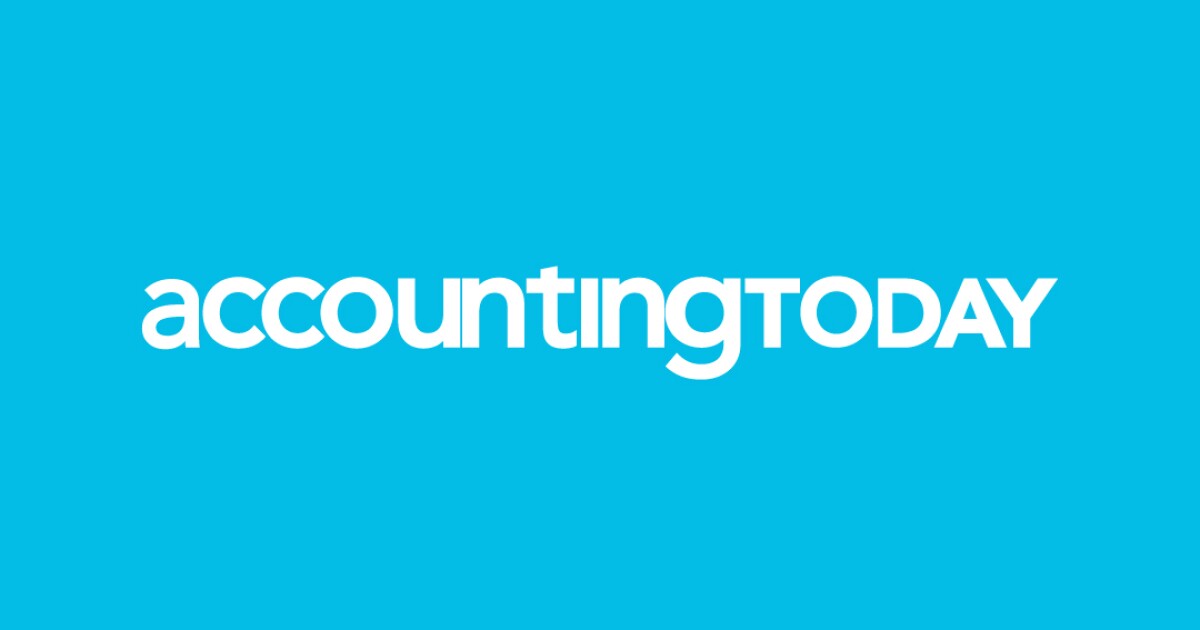Unlock the Editor’s Digest for free
Roula Khalaf, Editor of the FT, selects her favourite stories in this weekly newsletter.
Bankers who launch companies on to stock exchanges for a living are generally some of the more cheerful souls you will encounter in financial markets. Not for them the professional grouchiness of bond market grumps obsessing over stuff that can go wrong. Instead, no matter how dire the market conditions, they have that chirpy estate agent’s knack of predicting brighter times ahead, in the form of “the pipeline”.
The flow of new deals reaching public markets does dry up from time to time. But when it does, bankers reliably say “the pipeline” is just on the brink of spilling out new listings. Good listings, quality companies. Just you wait.
This line has been starting to wear a bit thin after the mood turned strikingly grim — even some of the most enthusiastic cheerleaders for public markets have been struggling to put on a brave face.
There has been about a 5 per cent drop in the S&P 500 from the peak in July, driven in large part by the growing acceptance that interest rates are likely to stay high for the long haul. This hurts on two fronts. It raises the bar for investors to bother with the asset class in the first place: why take the risk when safe short-term US or European government bonds give you 5 per cent? It also singes corporate balance sheets.
“The higher-for-longer environment is leading to a major shift in the corporate ecosystem,” wrote Allianz Global Investors global chief investment officer for equities Virginie Maisonneuve. “After over a decade of ultra-low rates, some poor-quality companies . . . may now struggle to survive.”
In that respect, investors are proving to be a seriously no-nonsense bunch. With the earnings season now under way, if a company misses its forecasts, watch out below. “The market is taking no prisoners,” said one equities banker. “Companies that miss earnings are getting decimated. There’s a lot of pain.”
Analysts at Charles Schwab crunched the numbers and found that on average, companies beating estimates had lately seen a typical gain in excess of the broader S&P 500 of 0.7 per cent in the first trading day after the earnings release. For misses, the excess return is -3.3 per cent. This imbalance is pretty much always there, but right now it is quite pronounced. And it all points to what Liz Ann Sonders and Kevin Gordon at the brokerage describe as “waning enthusiasm”.
What’s more, Sonders and Gordon pointed out that the big tech companies were the ones doing the hard work on estimates for earnings growth. “The reality is that there remains a strong bifurcation in the market: excluding the largest names, which are this year’s high-fliers, earnings growth and year-to-date performance are still down or flat at best,” they wrote. “Our sense is that the market won’t find its way out of this correction until market breadth improves.”
The big companies are not immune, however. Shares in Google owner Alphabet, for example, dropped by 8 per cent last month after reporting some weakness in its ads business. Other big disappointments have come in Europe. Shares in offshore wind giant Ørsted — the long-term treasure of green-minded investors — dropped by a quarter after it abandoned two US projects. Shares in French train maker Alstom also tanked by more than a third after it slashed its forecast for free cash flow.
Am I cherry-picking bad examples to make a point here? Sure. But that’s deliberate, because that’s how investors think, too. They really want to avoid any unforced errors, especially at this point of the year.
Another thing to add to the toxic mix: all the shiny new fledgling stocks that were touted as signalling a glorious revival for equity market debuts in September have disappointed. Arm, the chip designer, had an early stock market pop on debut but is now down 6 per cent from the start of its first day on the market. Grocery app Instacart is down 36 per cent from its listing price. Software group Klaviyo is down 20 per cent.
It’s no surprise that, given this trail of disaster, private equity group CVC this week (finally) decided to put its own long-awaited Amsterdam stock market listing on ice. It was just not worth the potential embarrassment.
Some relief came towards the end of this week. A note of caution from the Fed’s Jay Powell and some droopy jobs data have yet again rekindled hopes that the central bank may have finally hit its pain point, shoving stocks higher. Here we go again.
Pain is exactly what those equities bankers want, as one told me in a catch up this week. If an economic recession does strike the US early next year, maybe the Fed will relent on interest rates after all and the environment will be more supportive for stocks.
Maybe so. But a recession is a weird reason to be cheerful, and the chance of a handbrake turn from the Fed is small at best. It takes a very strong nerve to bet heavily on a change of heart from the Fed — a strategy that has already failed multiple times this year. Either way, the fizzing rally that started this year, driven by fewer stocks than you can count on your fingers, risks looking like another a head fake. But, you know, there’s a great pipeline . . .
katie.martin@ft.com
Credit: Source link











